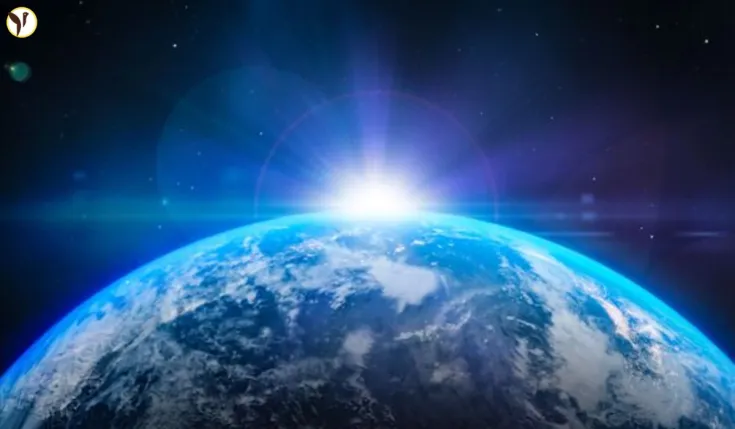Earth's Atmosphere: Will We Run Out of Oxygen?
We breathe it in, we live by it – oxygen. It’s the very essence of life on Earth as we know it. But will this life-giving gas ever disappear? And if so, how long do we have before our oxygen-rich planet becomes a thing of the past? Let's explore the science behind Earth's oxygen and the surprising timeline for its eventual decline.
The Great Oxidation Event and the Future
Our planet wasn't always brimming with oxygen. Around 2.5 billion years ago, a pivotal moment in Earth's history, known as the Great Oxidation Event, saw a significant rise in atmospheric oxygen levels. This event, largely attributed to the activity of single-celled organisms, transformed our planet, paving the way for the evolution of complex life forms that depend on oxygen for survival.
But this oxygen-rich era won't last forever. A recent study published in *Nature Geoscience* used sophisticated computer models to predict the future of Earth's atmosphere. The research, a collaboration between scientists at Toho University and researchers supported by NASA, suggests a chilling possibility: a dramatic decline in atmospheric oxygen within the next billion years.
- The culprit? Our Sun. As it ages, it grows hotter and brighter, increasing solar radiation. This heightened energy breaks down atmospheric carbon dioxide (CO2).
- The domino effect: Less CO2 significantly hampers photosynthesis – the process by which plants produce oxygen. This leads to a gradual decline in oxygen production.
- The tipping point: The study predicts that this process, once triggered, could accelerate dramatically. Within a relatively short geological timeframe (think tens of thousands of years), Earth's oxygen levels could plummet.
- The aftermath: A world with drastically reduced oxygen would be uninhabitable for most complex life forms. The ozone layer, our crucial shield against harmful UV radiation, would also collapse.
- A methane-rich future: The decrease in CO2 would also lead to a rise in methane, creating a toxic environment suitable only for anaerobic microorganisms – the type of life that existed before the Great Oxidation Event.
Implications for Life Beyond Earth
This research has broader implications for the search for extraterrestrial life. The assumption that oxygen is a universal biosignature – a clear indicator of life – might need reevaluation. If Earth's oxygen-rich atmosphere is a relatively short-lived phase in a planet's lifespan, many potentially habitable planets may not show high oxygen levels. This means astronomers will need to adapt their search strategies to look for different signs of life on other planets.
A Billion-Year Perspective
While a billion years might seem an eternity, this study offers a sobering perspective on Earth's long-term future and the delicate balance that sustains complex life. The looming oxygen depletion underscores the transient nature of our current conditions. While the eventual decline of oxygen is inevitable, it shouldn't overshadow the urgent need to address present-day environmental challenges, such as climate change and biodiversity loss. Our actions today will determine the quality of life, not just for the next few centuries, but for millennia to come. The Earth's atmosphere is a precious resource, and safeguarding it is a responsibility we must take seriously.
Conclusion
The research offers a unique and thought-provoking glimpse into the far distant future of our planet. The findings highlight the delicate balance of Earth's ecosystems and the long-term consequences of environmental change, reminding us that even the most fundamental aspects of our existence are not permanent. While the eventual loss of oxygen is a distant event, it emphasizes the urgent need for environmental stewardship and sustainable practices to protect our planet for future generations.






